Aligning Cybersecurity with Business Goals – CISO Insights
Cybersecurity has rapidly evolved from a back-office technical concern to a boardroom imperative. As digital transformation accelerates and organizations embrace cloud computing, remote work, and AI-driven operations, the role of the Chief Information Security Officer (CISO) has expanded far beyond managing firewalls and patching vulnerabilities. Today’s CISO must act as a strategic business leader, ensuring […] The post Aligning Cybersecurity with Business Goals – CISO Insights appeared first on Cyber Security News.

Cybersecurity has rapidly evolved from a back-office technical concern to a boardroom imperative.
As digital transformation accelerates and organizations embrace cloud computing, remote work, and AI-driven operations, the role of the Chief Information Security Officer (CISO) has expanded far beyond managing firewalls and patching vulnerabilities.
Today’s CISO must act as a strategic business leader, ensuring that cybersecurity protects assets, drives business value, supports innovation, and safeguards reputation.
Achieving this alignment requires CISOs to deeply understand business objectives, communicate risks in business terms, and foster a culture where security is everyone’s responsibility.
This article explores how CISOs can bridge the gap between cybersecurity and business strategy, highlighting practical approaches and leadership insights for 2025 and beyond.
The CISO as a Strategic Business Partner
Modern CISOs must be fluent in both the language of technology and business. This means understanding the organization’s mission, market drivers, and competitive landscape, then mapping security initiatives directly to these priorities.
For example, suppose a company’s goal is rapid expansion into new markets. In that case, the CISO must ensure that data privacy and regulatory compliance frameworks are robust enough to support this growth without introducing unnecessary friction.
Instead of being seen as the “department of no,” the CISO becomes a trusted advisor, enabling innovation while managing risk.
Regular engagement with executive leadership and business unit heads is essential. This allows the CISO to anticipate upcoming projects, understand emerging risks, and proactively design controls that support rather than hinder business objectives.
By translating technical risks, such as ransomware, supply chain threats, or cloud misconfiguration, into clear business impacts like financial loss, operational downtime, or reputational harm, CISOs can secure executive buy-in and ensure that cybersecurity investments are prioritized alongside other strategic initiatives.
Five Leadership Priorities for Aligning Security and Business
Aligning cybersecurity with business goals is a dynamic process that requires both vision and execution. Here are five leadership priorities every CISO should embrace:
- Embed Security in Digital Transformation Initiatives
Involve security teams in the earliest stages of product development, cloud migrations, and third-party integrations. This “shift left” approach reduces costly rework and ensures that new technologies are secure by design. - Adopt a Risk-Based Approach to Resource Allocation
Not all assets and processes carry equal risk. Use risk assessments to identify critical data, applications, and business processes, then allocate resources to protect what matters most. This maximizes the impact of security investments and aligns protection with business priorities. - Foster a Culture of Shared Responsibility
Security is no longer just the IT department’s job. Launch ongoing awareness programs, phishing simulations, and role-based training to empower employees to recognize and report threats at every level. A security-aware workforce is a powerful defense. - Measure and Communicate Business-Relevant Metrics
Move beyond technical metrics like patch counts or blocked attacks. Track and report on metrics that resonate with executives, such as reduced business downtime, improved incident response times, and compliance audit outcomes. This demonstrates the tangible value of cybersecurity. - Engage in Proactive Threat Intelligence and Scenario Planning
Stay ahead of emerging threats by participating in industry threat intelligence sharing and conducting regular tabletop exercises. Simulate ransomware attacks, supply chain breaches, or regulatory incidents to test and refine response plans, ensuring business continuity under pressure.
By focusing on these priorities, CISOs can break down silos between security and business units, ensuring that security is seen as a business enabler rather than a roadblock.
For instance, implementing zero-trust architectures can facilitate secure remote work and accelerate digital initiatives, while automated compliance tools can streamline market entry and regulatory reporting.
Building a Resilient, Business-Aligned Security Program
As organizations embrace emerging technologies such as AI, IoT, and quantum computing, the threat landscape will only grow more complex.
The CISO’s challenge is to build a security program that addresses today’s risks and is agile enough to adapt to tomorrow’s unknowns. This requires a blend of technical innovation, cross-functional collaboration, and continuous improvement.
A future-ready security posture starts with investing in advanced technologies, such as AI-driven threat detection, automated incident response, and quantum-resistant encryption that can scale alongside business growth.
These tools can analyze vast amounts of data in real time, identify subtle anomalies, and respond to threats faster. However, technology alone is not enough.
CISOs must also cultivate a security-first culture, where employees understand their role in protecting the organization and feel empowered to act. This includes regular training, clear incident reporting protocols, and recognition for good security practices.
- Prioritize partnerships with business leaders to ensure security is integrated into strategic planning, mergers and acquisitions, and product launches.
- Continuously assess and update security policies, incident response plans, and disaster recovery procedures to reflect business and threat environment changes.
Ultimately, aligning cybersecurity with business goals is an ongoing journey, not a one-time project. Success depends on the CISO’s ability to communicate risk in business terms, demonstrate the return on security investments, and adapt quickly to change.
By positioning cybersecurity as a catalyst for innovation and growth, rather than a cost center, CISOs can help their organizations thrive in an increasingly digital, interconnected, and risky world.
In 2025 and beyond, the most successful organizations will be those where security and business strategy move forward together, guided by visionary leadership and a shared commitment to resilience.
Find this News Interesting! Follow us on Google News, LinkedIn, & X to Get Instant Updates!
The post Aligning Cybersecurity with Business Goals – CISO Insights appeared first on Cyber Security News.
































































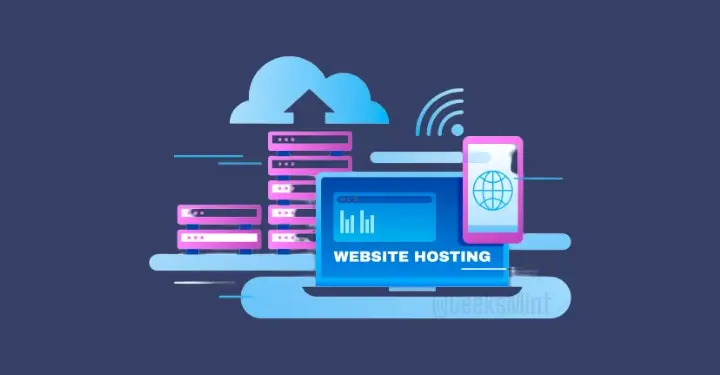








![New iPad 11 (A16) On Sale for Just $299! [Lowest Price Ever]](https://www.iclarified.com/images/news/97144/97144/97144-640.jpg)

![M4 MacBook Air Drops to Just $849 - Act Fast! [Lowest Price Ever]](https://www.iclarified.com/images/news/97140/97140/97140-640.jpg)
![Apple Smart Glasses Not Close to Being Ready as Meta Targets 2025 [Gurman]](https://www.iclarified.com/images/news/97139/97139/97139-640.jpg)








































































































_NicoElNino_Alamy.jpg?width=1280&auto=webp&quality=80&disable=upscale#)
_Muhammad_R._Fakhrurrozi_Alamy.jpg?width=1280&auto=webp&quality=80&disable=upscale#)























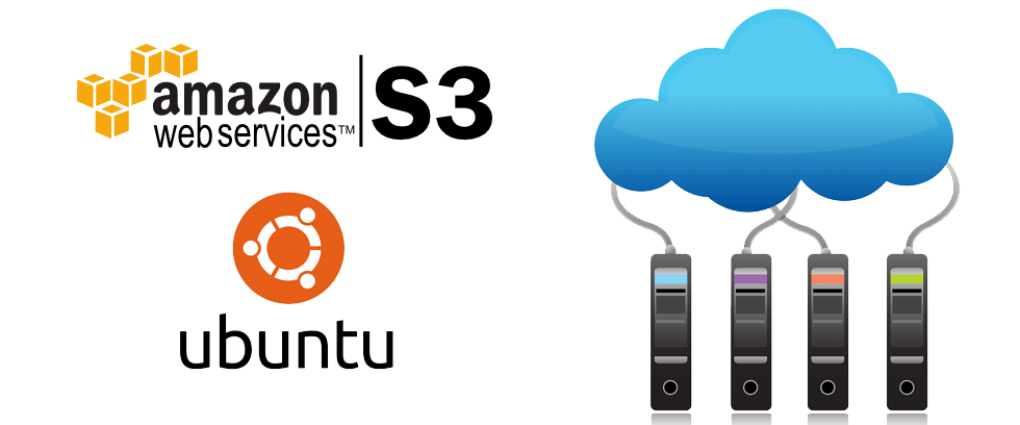
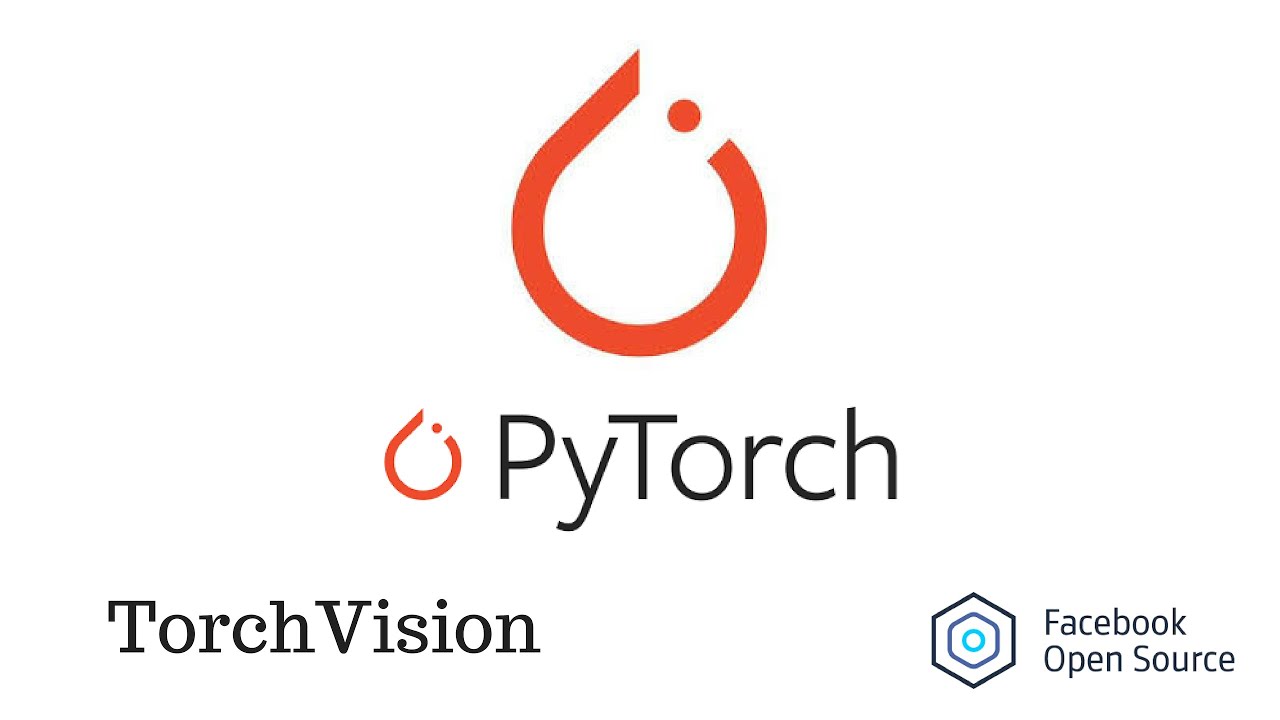


































































































![[The AI Show Episode 144]: ChatGPT’s New Memory, Shopify CEO’s Leaked “AI First” Memo, Google Cloud Next Releases, o3 and o4-mini Coming Soon & Llama 4’s Rocky Launch](https://www.marketingaiinstitute.com/hubfs/ep%20144%20cover.png)











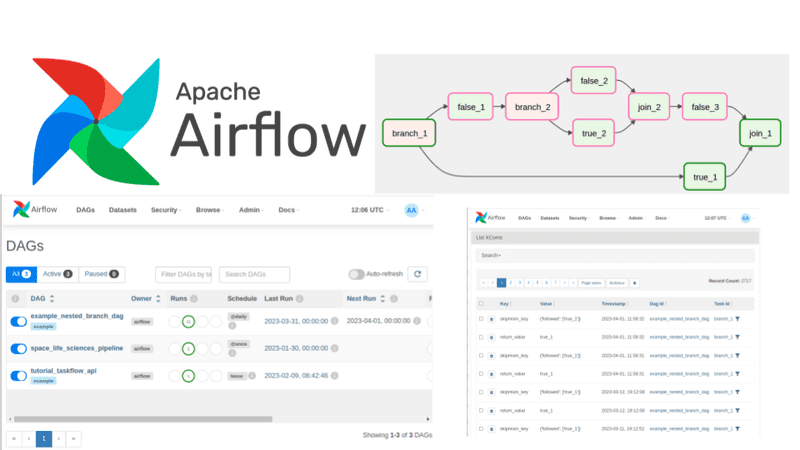










































































































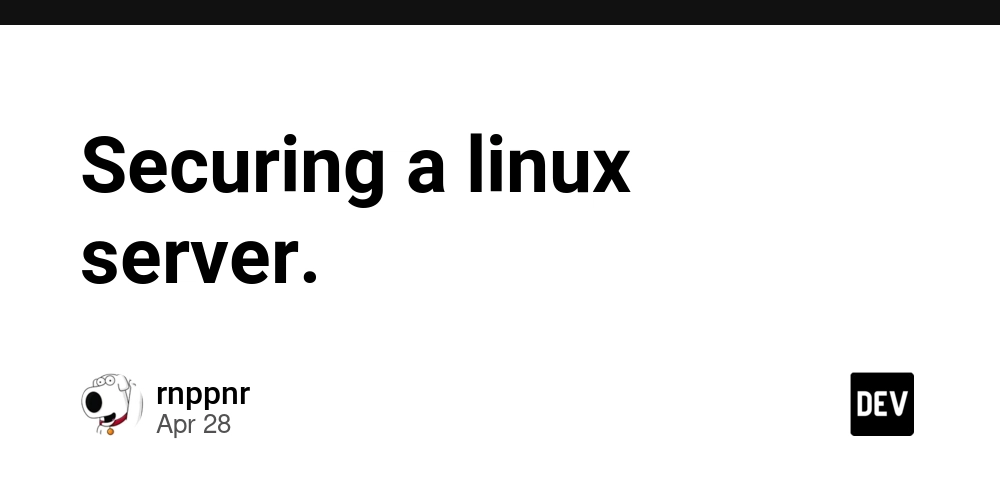










































































































































 CISO’s Core Focus.webp?#)